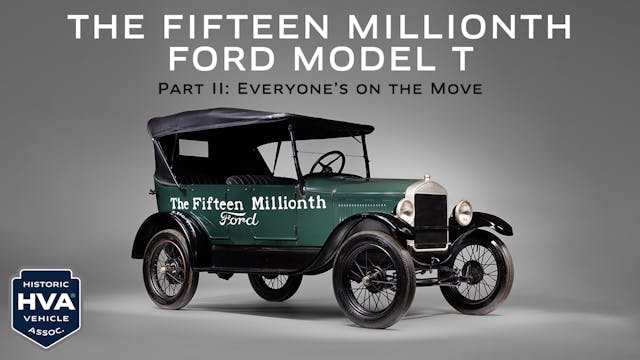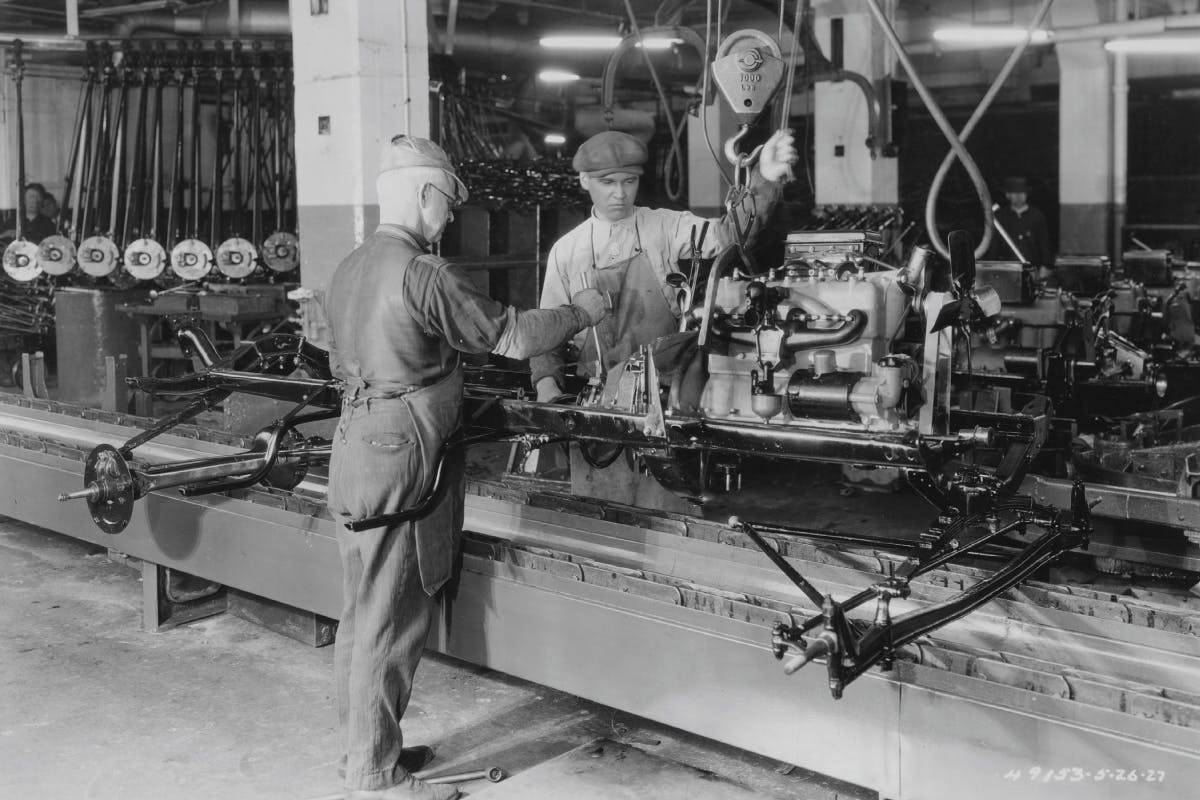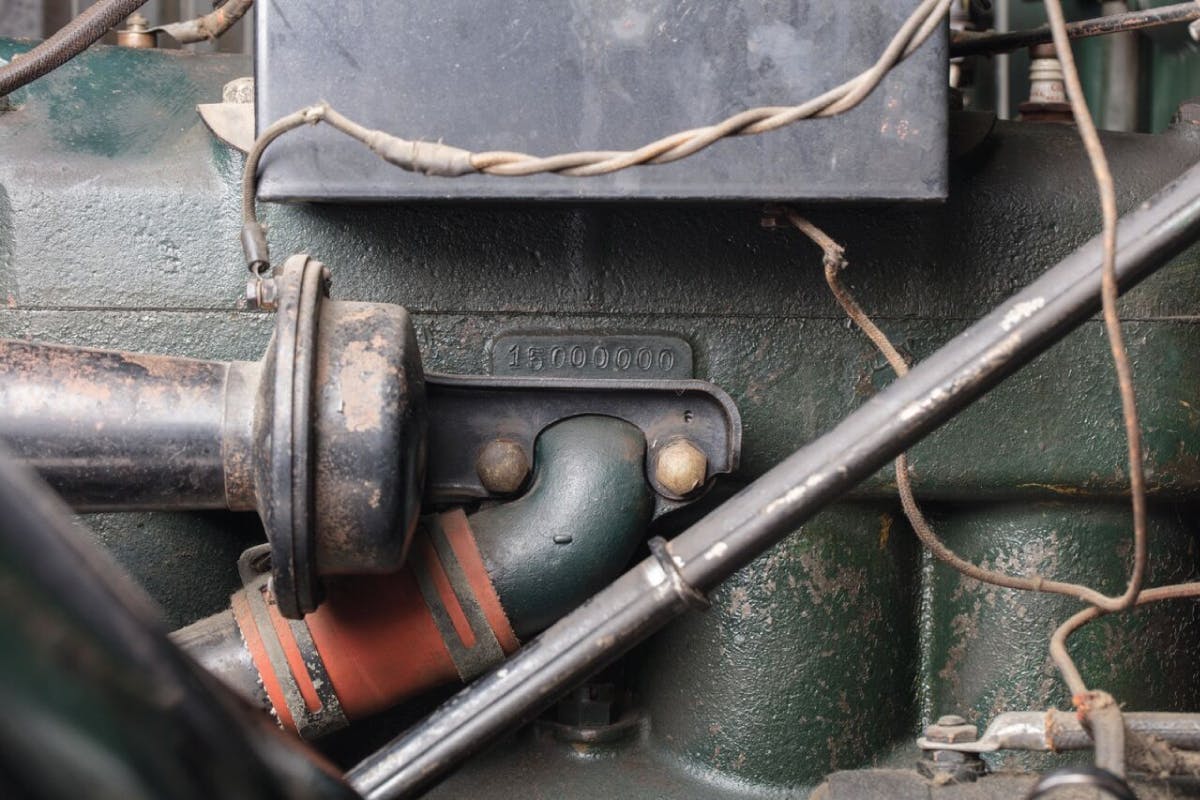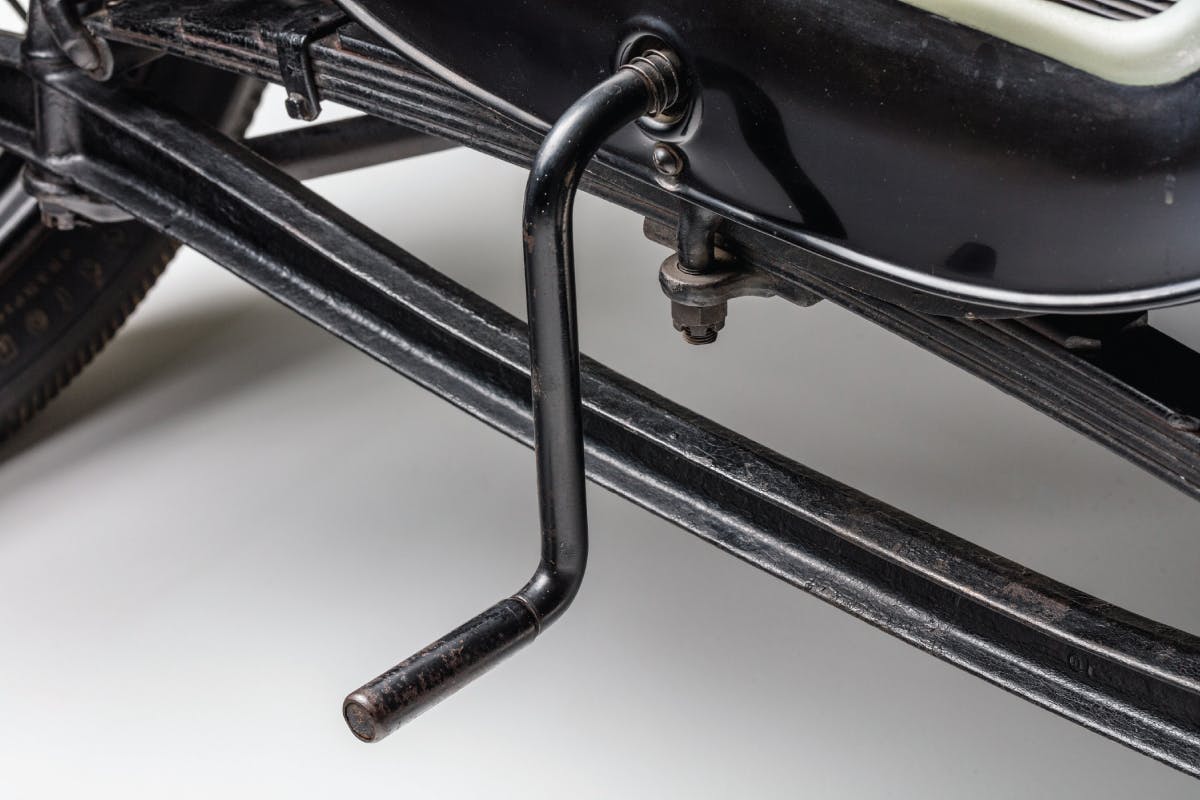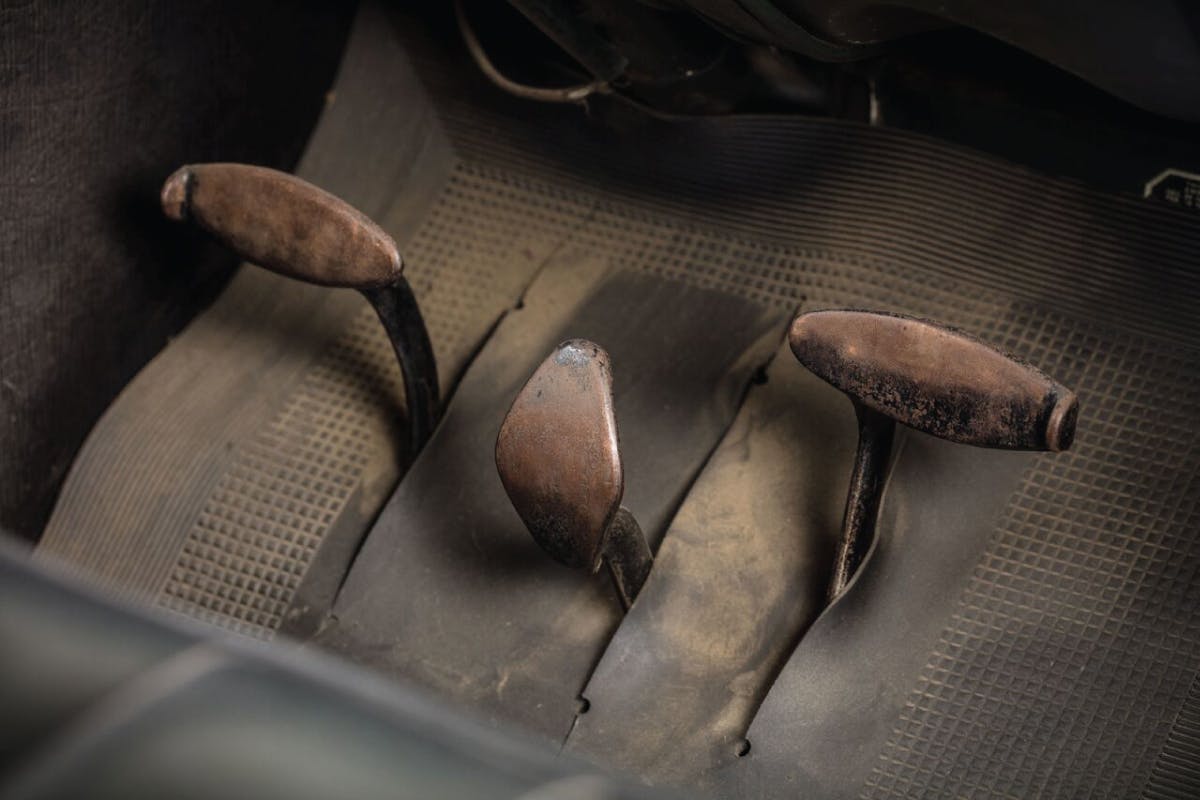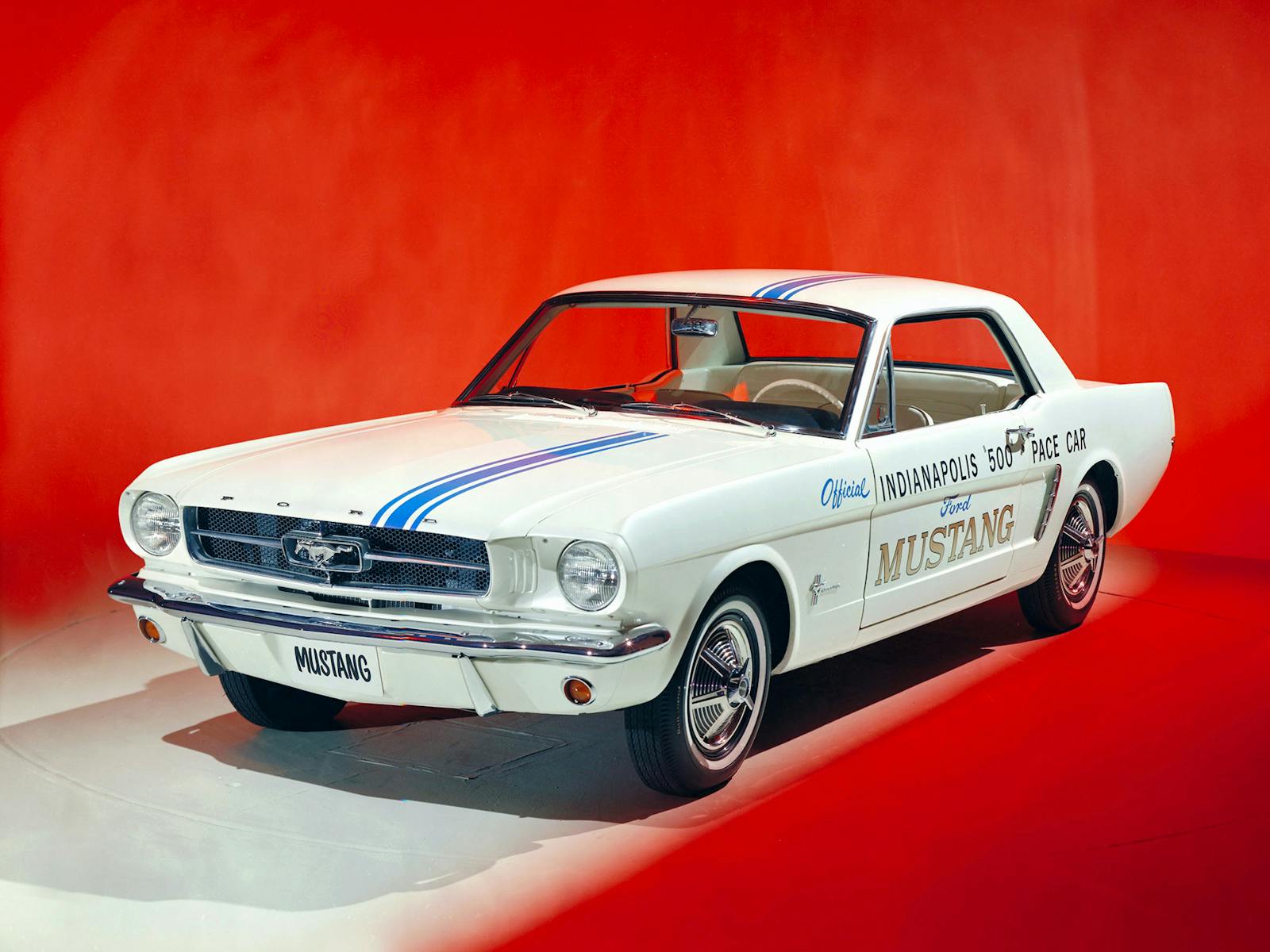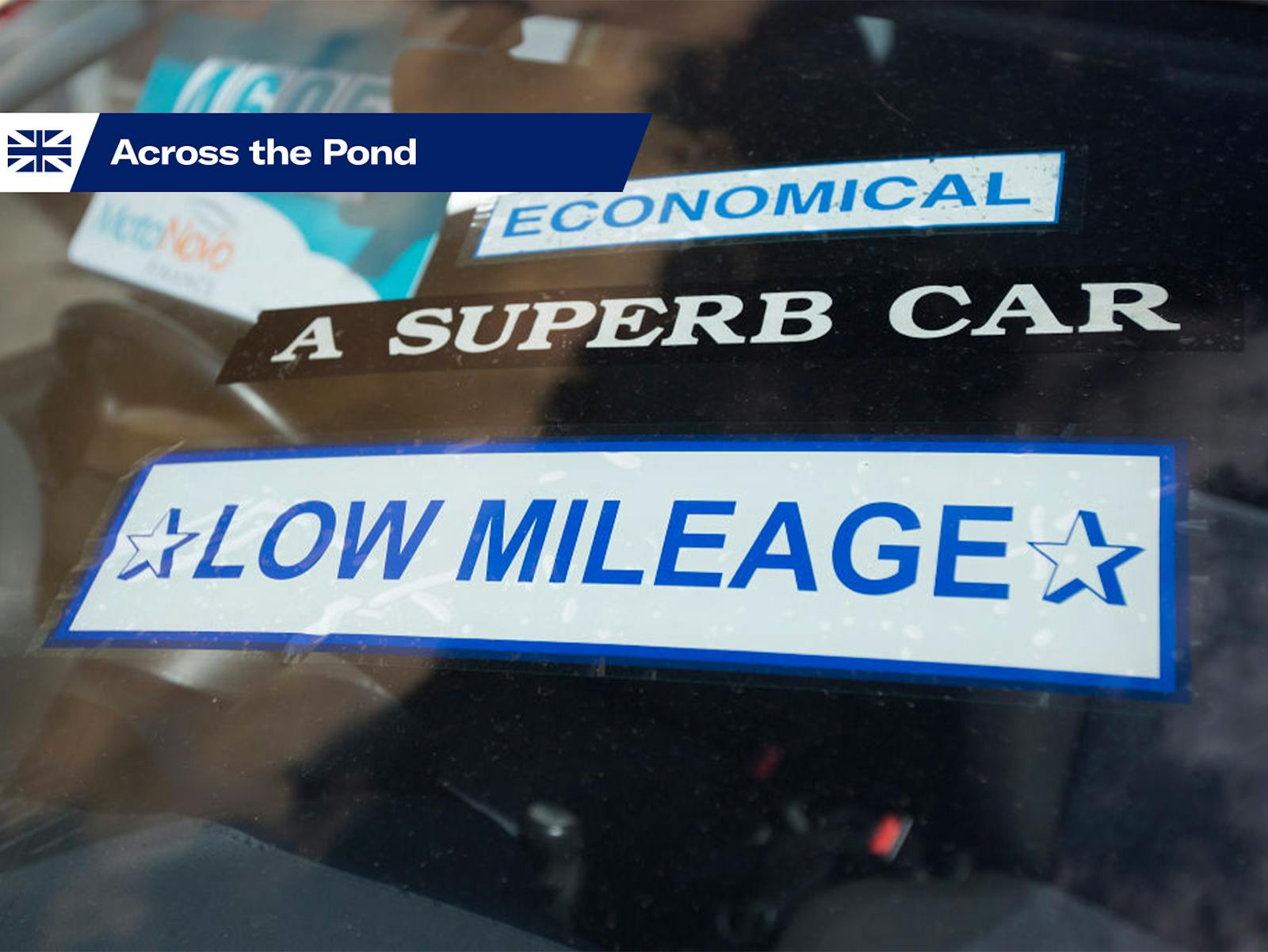HVA rolls out part two of “The 15 Millionth Ford Model T”
While ESPN is going all-in on the NBA’s most iconic player—creating a 10-part documentary about the great Michael Jordan and releasing it over five weeks—the Historic Vehicle Association has done the same by shining the spotlight on the world’s most famous carmaker and his greatest achievement.
Earlier today, the HVA released the second installment of The Fifteen Millionth Ford Model T, a four-part series that chronicles the rise of Henry Ford’s revolutionary automobile, which was built from 1908–27. The documentary is part of the HVA’s Drive History video initiative, which will feature vehicles in the National Historic Vehicle Register and interviews with influential automotive historians and preservation experts. Videos are scheduled to be released every Wednesday.
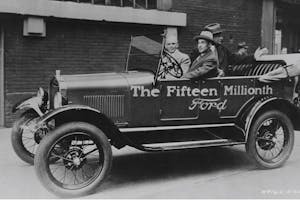
The second installment of The Fifteen Millionth Ford Model T, titled “Everyone’s on the Move,” provides a six-minute look into what made the T so revolutionary. From its 20-hp, single-block, four-cylinder engine and planetary transmission, to a chassis built with light, strong, and flexible Vanadium steel, and an astonishingly affordable price, the Model T was a game changer.
“The Model T provided not only an inexpensive car, but also a vehicle that was very well built and, frankly, a state-of-the-art car when it was introduced in the fall of 1908,” says Matthew G. Anderson, Curator of Transportation at The Henry Ford.
“The Model T is a beautiful example of a bunch of different ideas coming together,” says Bob Casey, Retired Curator of Transportation at The Henry Ford. “They [offered] a completely new engine. It had a separable cylinder head. You could undo the bolts, take the cylinder head off—there were the valves, there was the head—[and] you could do the maintenance, put them back together and go on your way. That’s the way every internal combustion [engine] is now. In 1907, hardly anybody was doing that. It was really difficult to do. They managed to pull it off, so it was a big selling point.”
As we’re shown in actual news reels from the era, American roads were so poor in the early 1900s that carmakers could either build big, strong, heavy, and expensive vehicles to handle the rough terrain or, as Ford did, build sturdy, flexible cars that could cope with the bumps.
“The Model T frame is so flexible that if two people get at opposite ends … they can twist it,” says Lee Cagle, Master Presenter at The Henry Ford.
Americans clearly got the message. As Cagle says, at some point in that first model year, Henry Ford instructed his dealers to stop taking orders. “They couldn’t keep up. That’s how popular it was from the very, very beginning. It changed America almost overnight.”
Watch the video for yourself and stay tuned for the “Part III: Unexpected Consequences” next Wednesday. If you missed “Part I: A Motorcar for the Multitudes,” you can watch it here.
We’ll be sure to keep you posted about each new episode; you can also stay in the loop by following the HVA on Facebook, Instagram, and Youtube.
